Colima, Mexico Horse Parade
“Travel makes you realize that no matter how much you know, there’s always more to learn.”
Every year Mex-Eco Tours organizes a trip to Colima to see the annual Fiestas Charrotaurinas, held in honour of San Felipe de Jesus. This tour is so popular that it must be booked one year, in advance.
I have always loved horses. Even as a child I collected ceramic ones. Later in life, I owned 2 horses. One I had never ridden and the other I rode many times until she threw me and I broke my wrist. Still, I have maintained my love and awe for them. This trip was like a dream for me.
Our group started with a tour of La Petatera, a handmade wooden bullring, which is constructed and then taken down every year for fiestas, horse shows and bullfighting. We were greeted by Mayor Felipe Cruz Calvario and a delegation, including Eulalia Villalvazo and Oscar Gaitan Cabrera from the Colima tourism. We felt honoured. They are very passionate about their city and, as I was to discover, rightfully so.
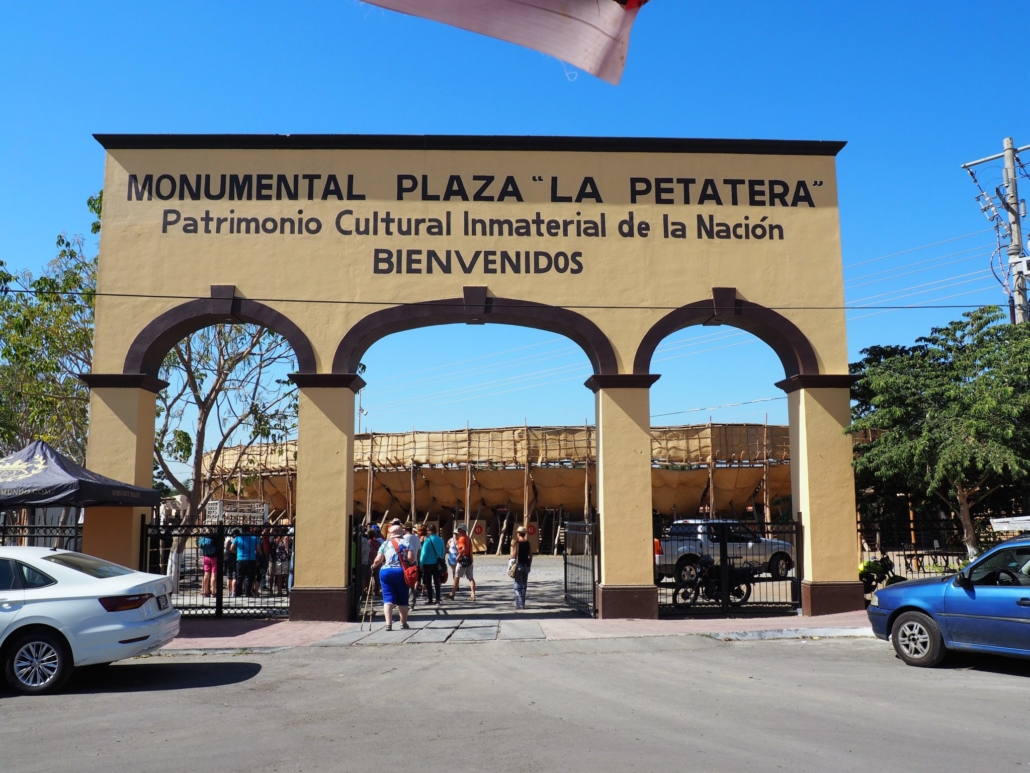
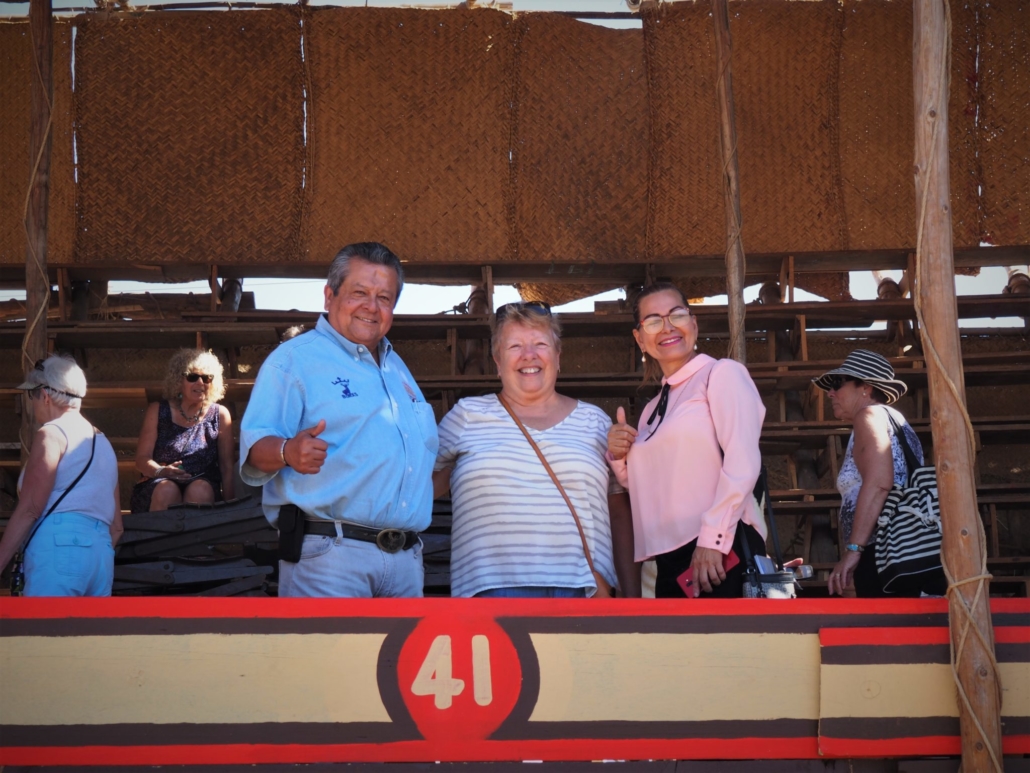
To contact Oscar Gaitlan Cabrera, Promoción Divulgación: buras52@hotmail.com
To contact Eulalia Villalvazo, Tourism Colima: tourismovilladealvarez1821@gmail.com
The bullring was first built in 1857. At one time it was two stories high, but in 1942 there was an earthquake, and after that, it was decided to make it a one-story building. The same 63 families have been building the bullring for the past 175 years, passing down the knowledge of how it is constructed to the next generation. If the family cannot do part of the construction, they are allowed to hire someone to do it. The builders use no nails or any “modern” methods. The wooden structure is covered with mats made with palm leaves. Forty people take 30 – 45 days to complete construction. It is all measured and laid out, without the use of a measuring tape, but by one man using a special stick. Two years ago this 84-year-old was supposed to hand over this stick to his son, but apparently, he was not ready yet to relinquish control. There are no blueprints for this building. It is all in the head. Each person that is involved knows exactly what they are doing. That includes the bullring and all the corrals outside. It takes one week to take down. The wood, mats and other material are kept year after year only to be replaced if damaged. It is the responsibility of each family to store their wood and materials. The bullring is divided into 70 parts, and there is one share per family. The remaining part is owned by the government and is decided by vote as to which family will get that share. 120 families are vying for that part. Each share brings in money from the sale of tickets. Whatever tickets are sold for each section goes to the family who owns it. The bullring holds 7000 people.
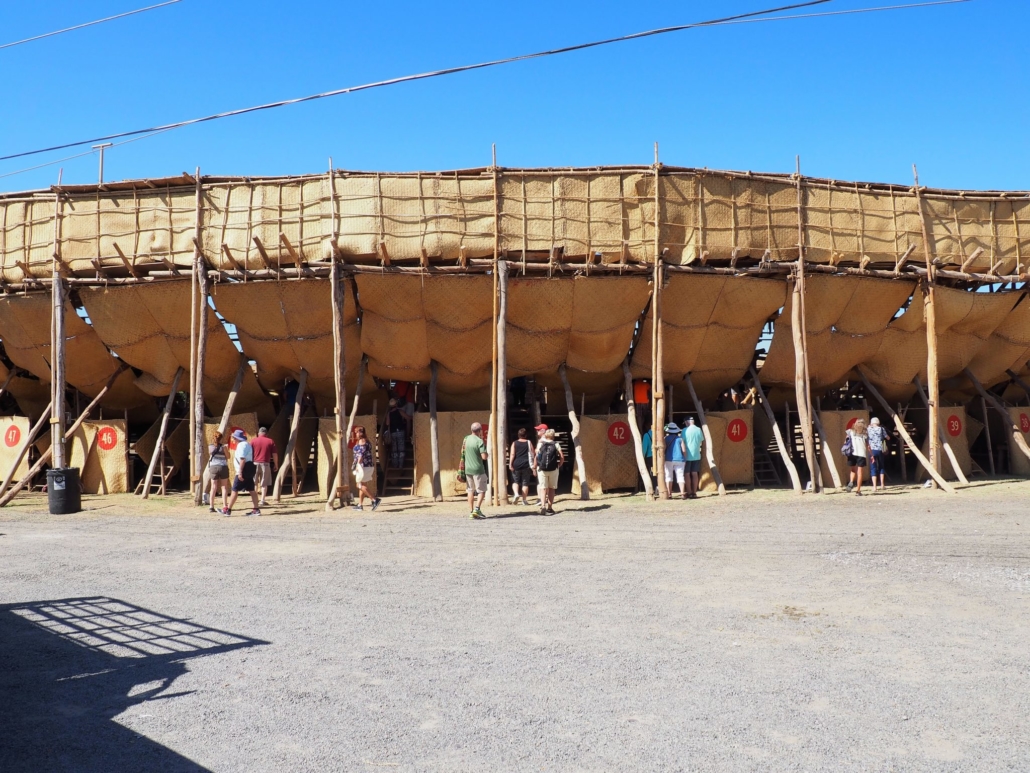
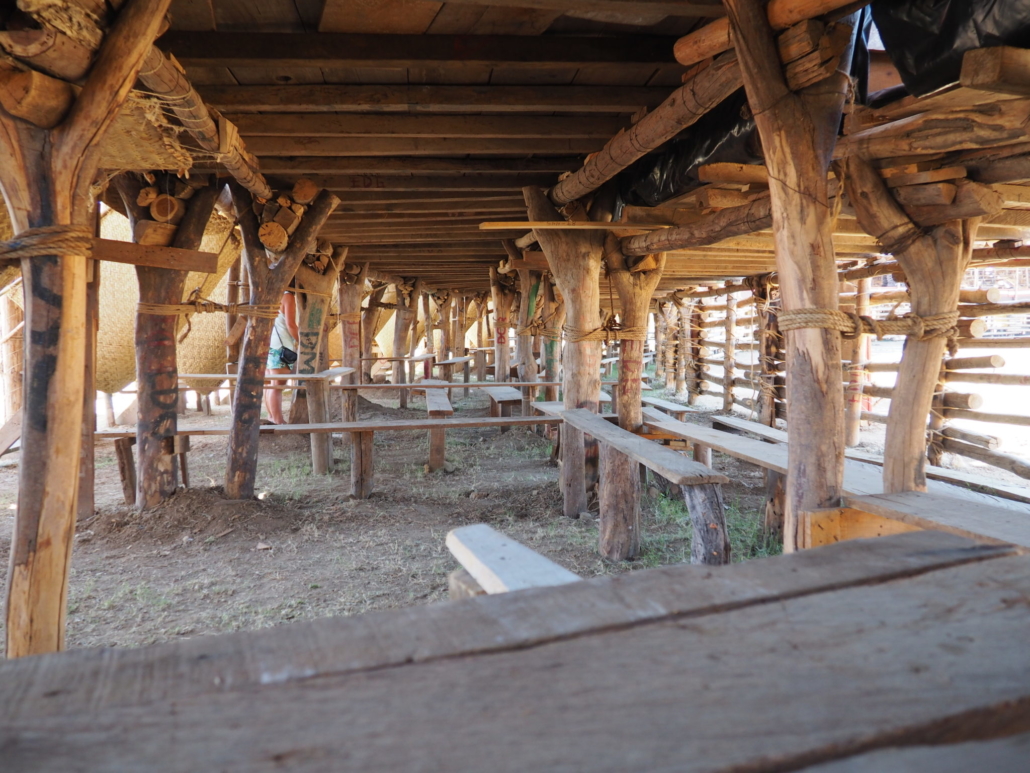
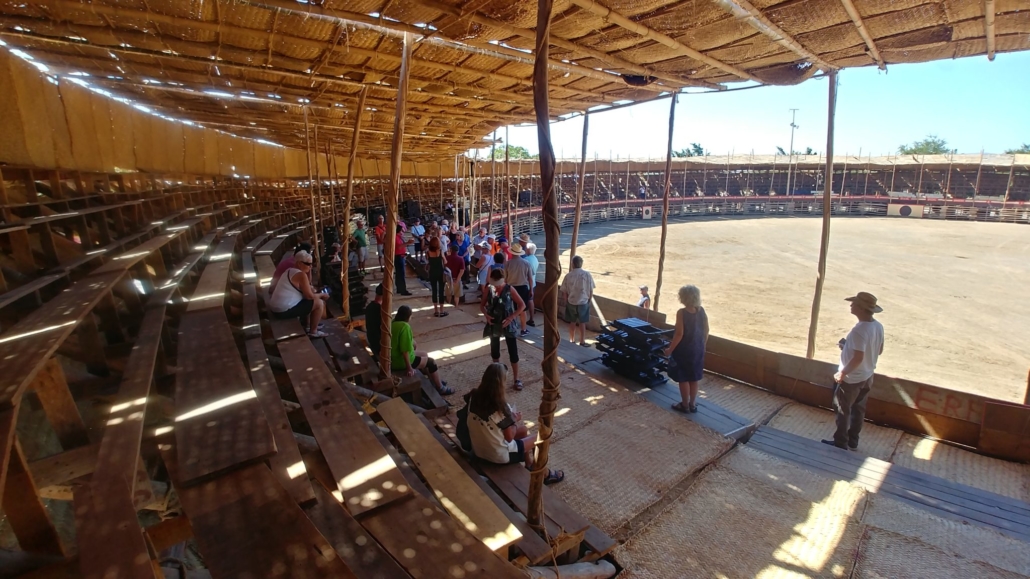
The bullfight lasts for a few days and one morning is set aside for inexperienced riders to mount the less spirited bulls. Don’t think I will be doing that.
The tour of the bullring and learning of its history, as well as the story behind the patron Saint San Felipe de Jesus, was fascinating and informative. There is so much history.
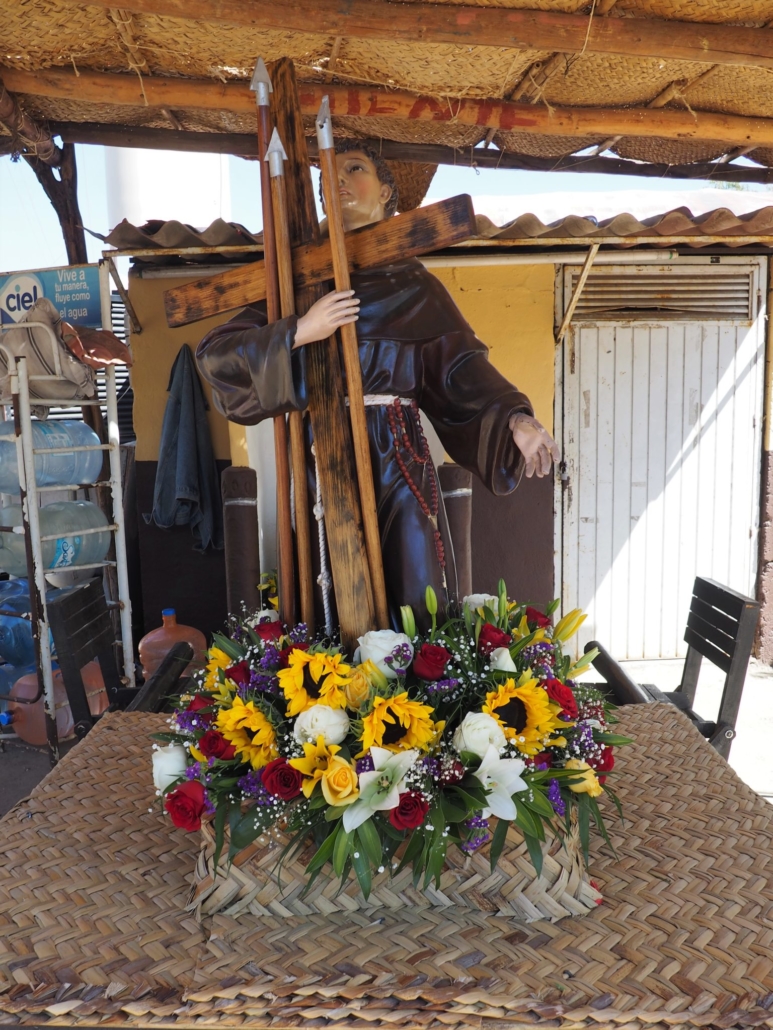
We spent the rest of the day exploring some of Colima.
The tour company had reserved rooms at the Best Western Plus Hotel. The accommodations were very nice and the staff friendly and helpful. The hotel had set up tables for our group directly in front of the parade route. We could literally reach out and touch some of the horses.
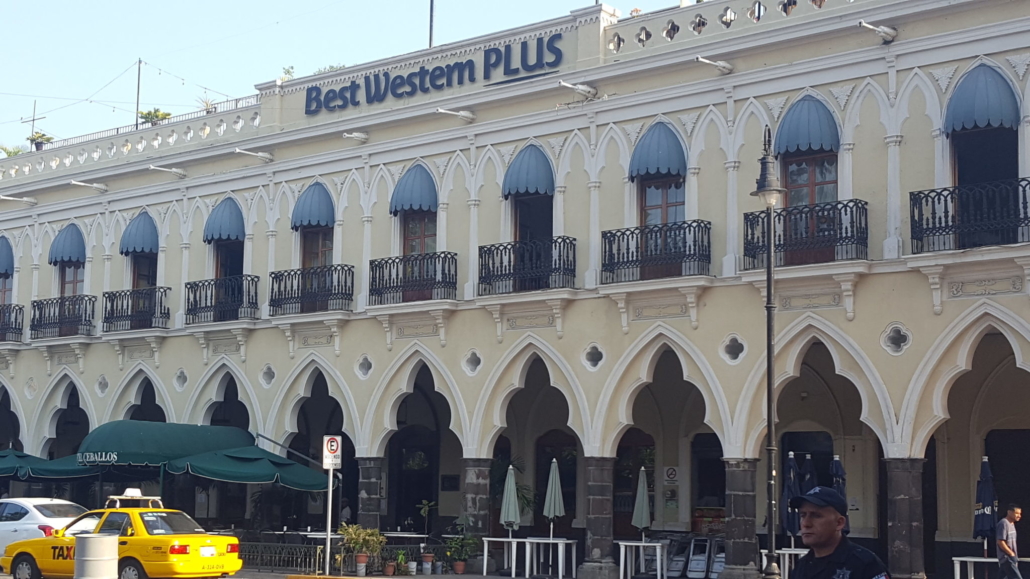
Best Western Plus: https://www.bestwestern.com/en_US/book/hotels-in-colima/best-western-plus-hotel-ceballos/propertyCode.70146.html
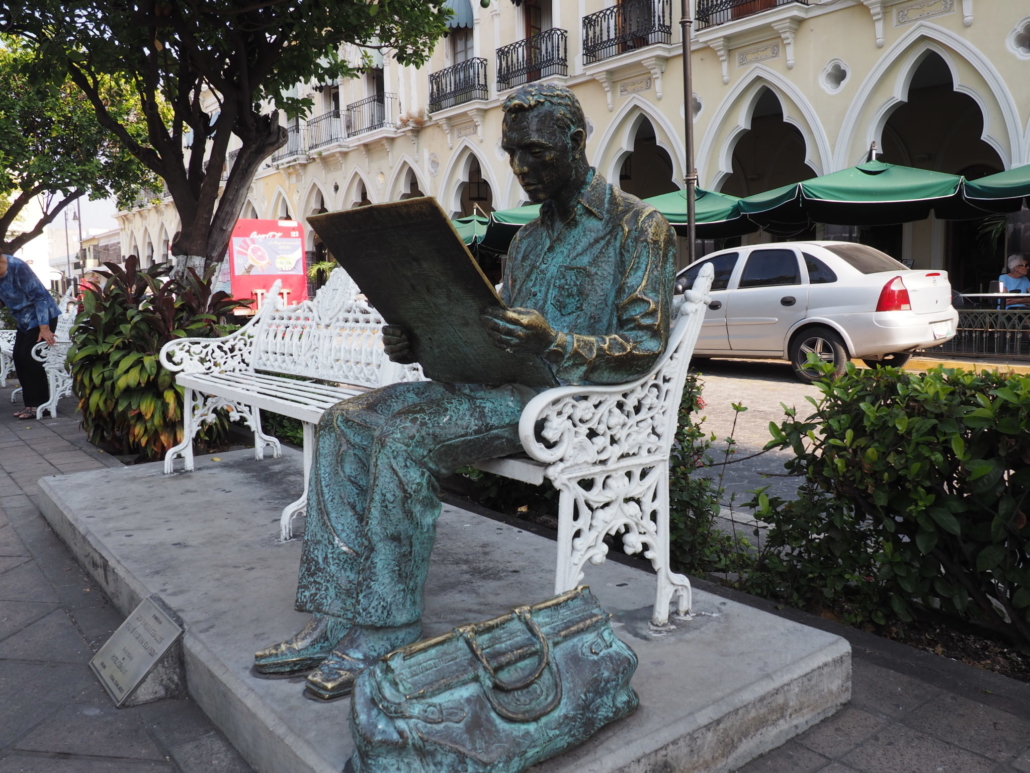
There were between 2500 and 2900 horses. The number is actually irrelevant as there were so many horses that it took three to four hours for the parade to finish. The parade started a few blocks from where we were and continued for several kilometres until it reached the bullring. Not only were there horses but several floats carrying live bands playing. The bands were very loud but entertaining. I felt sorry for the horses that were directly behind those floats. There were also large puppet-like figures and of course the shrine to Saint San Felipe de Jesus. Many of the horses did fancy footwork. Most of the riders gave their horses a break from the intense footwork, but a few did not. When they passed by us, those horses were already frothing, and they still had a few kilometres to go.
All in all, it was a fascinating event to see.
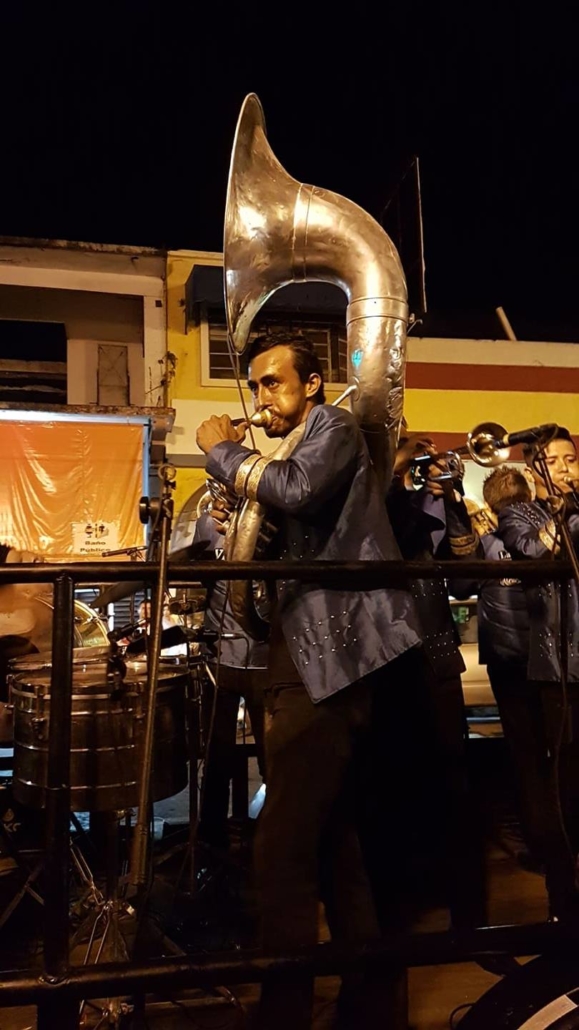
photo credit Lucia McCann
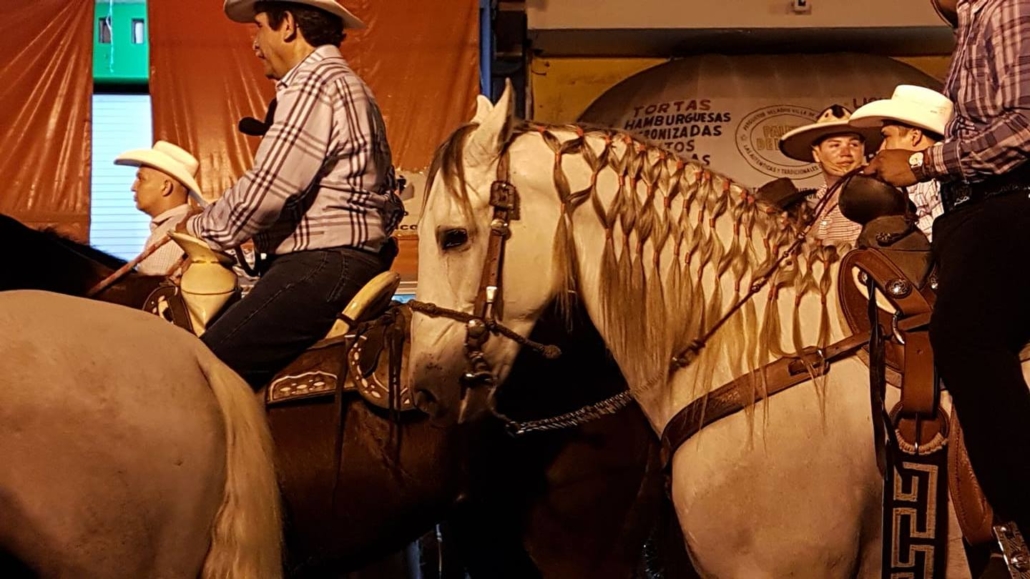
photo credit Lucia McCann
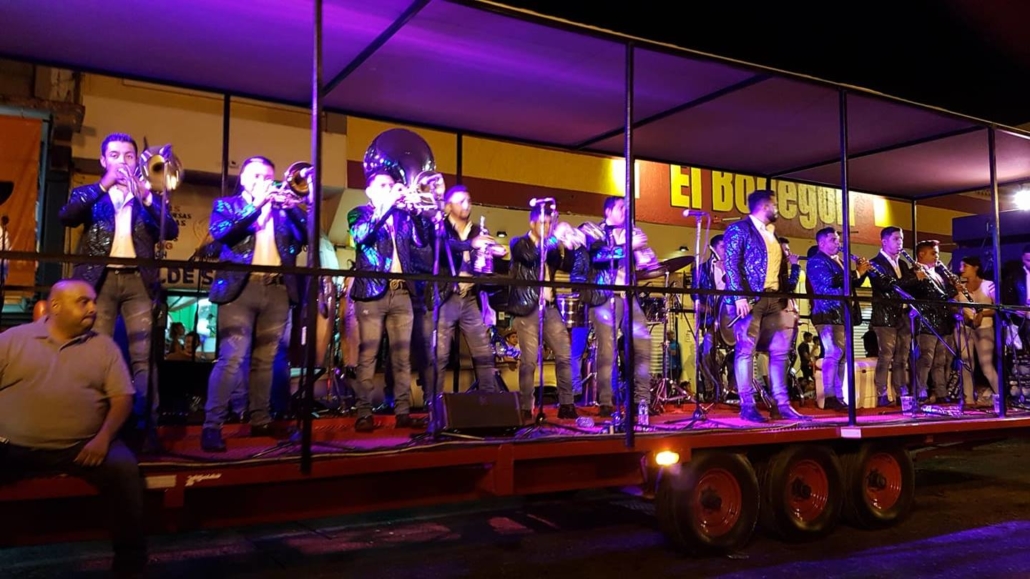
Photo credit Lucia McCann
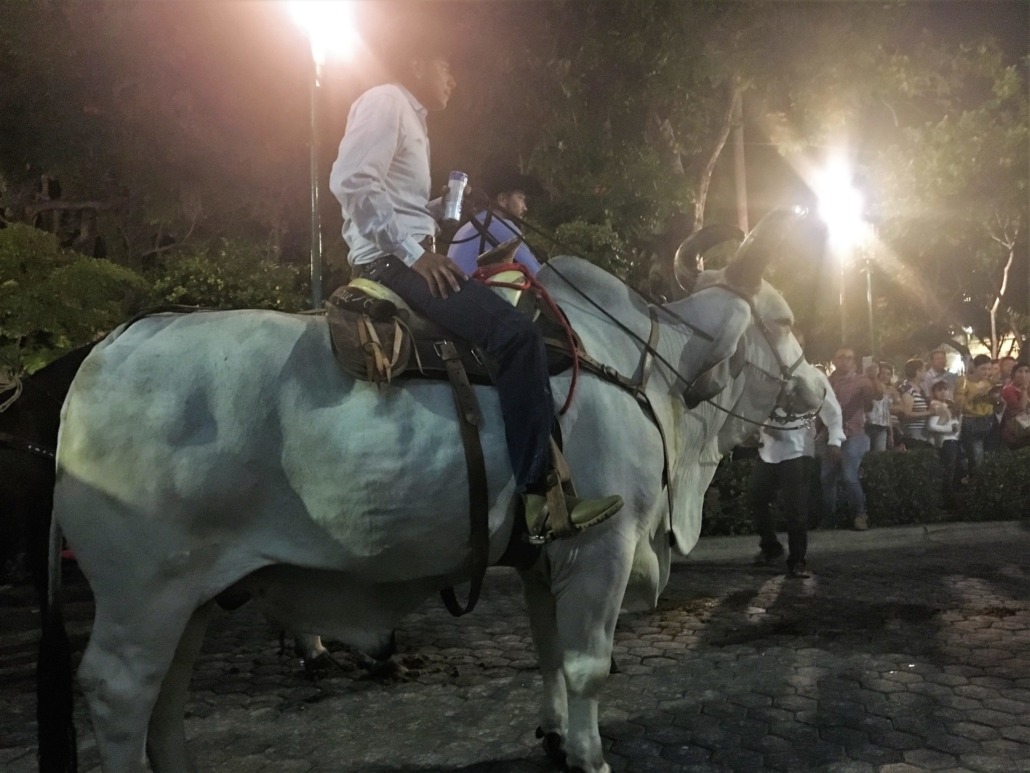
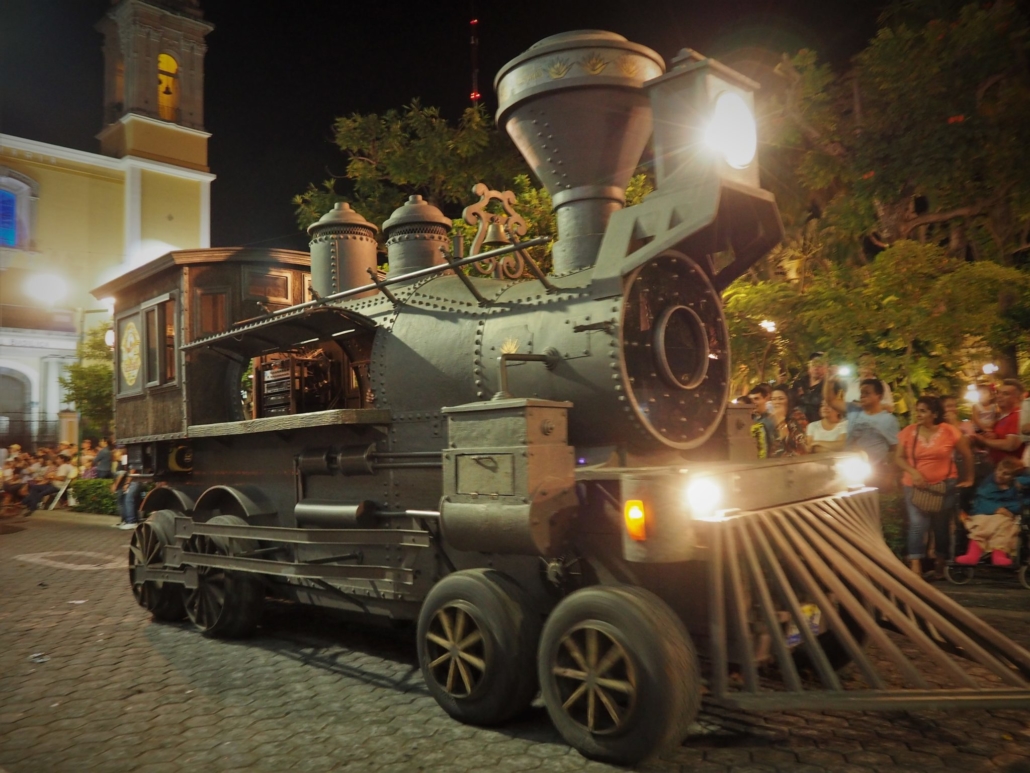
Two short videos to give you an idea of what it was like.
http://www.youtube.com/watch?v=LQqdVTIo5Jo
and https://youtu.be/pKsoZFtv7yg
As part of the tour, we drove to Comala, a small town close to Colima.
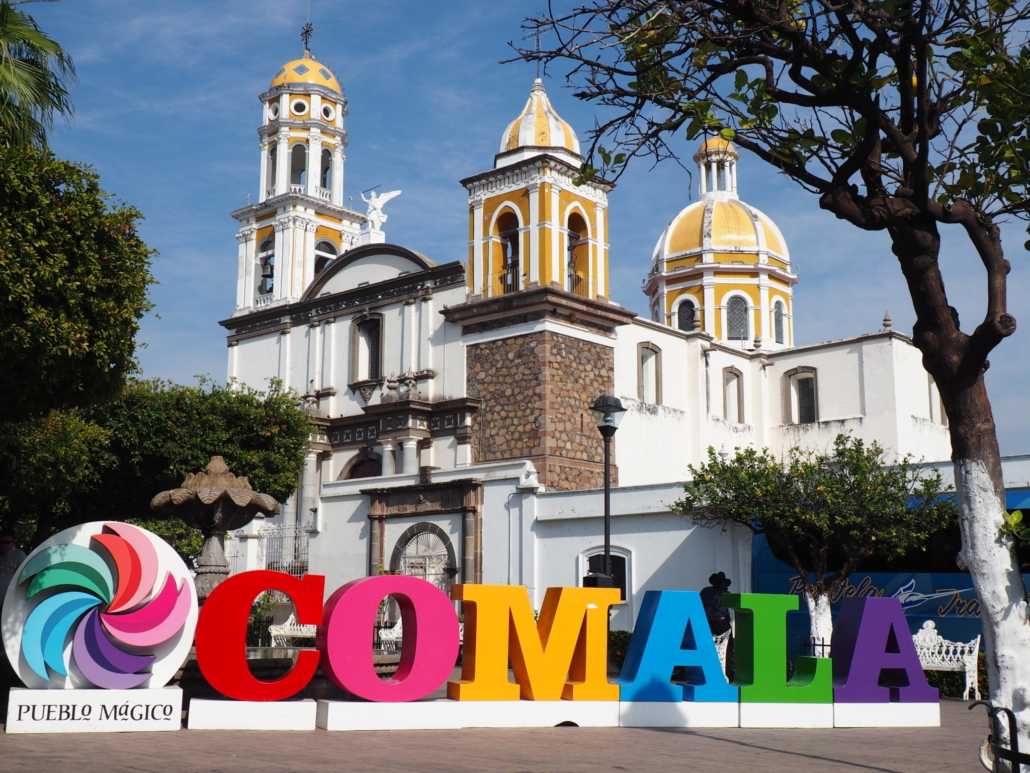
We visited the Ex-Hacienda de Nogueras. In the 18th century, it was a renowned sugar company founded by the Spaniard Juan de Noguera. Today, it is part of the University of Colima. Its facilities were remodelled to become a Study Center, Eco Park and the Alejandro Rangel University Museum which exhibits works of the famous artist, Alejandro Rangel Hidalgo. The Eco Park is used for the preservation of flora and fauna research in the region. You will find medicinal plants, fruit trees and composting. There is also an area where the use of alternative energy is shown and where they have workshops on recycling and environmental training. In 2003, Comala won the best magic town in Mexico award.
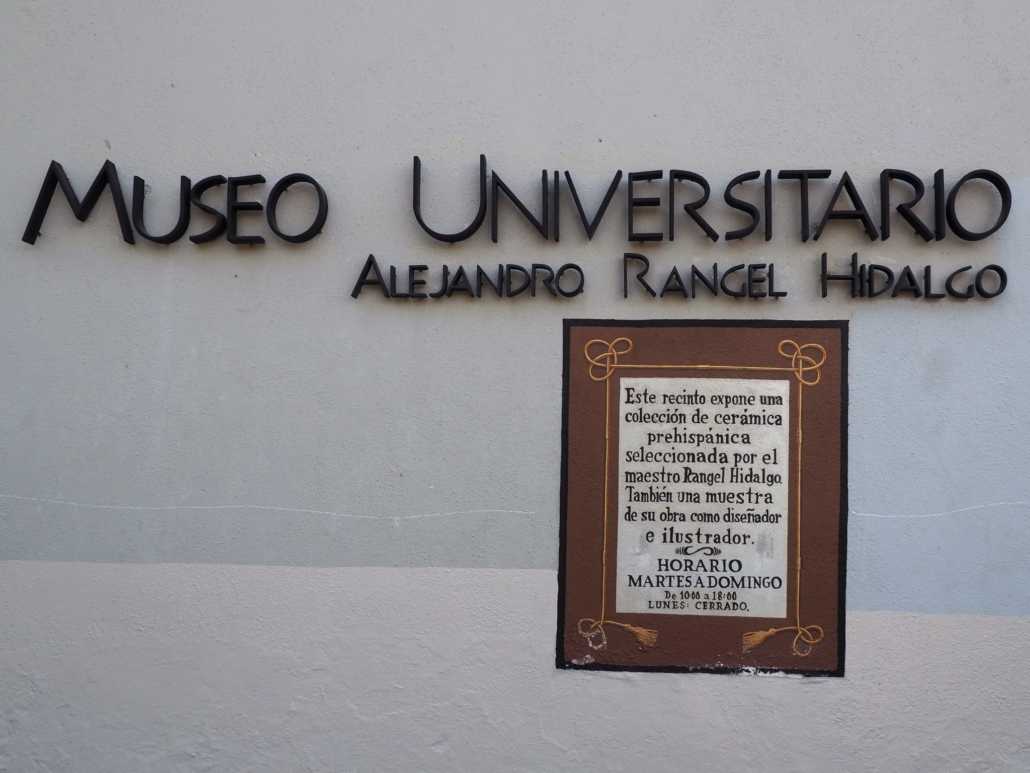
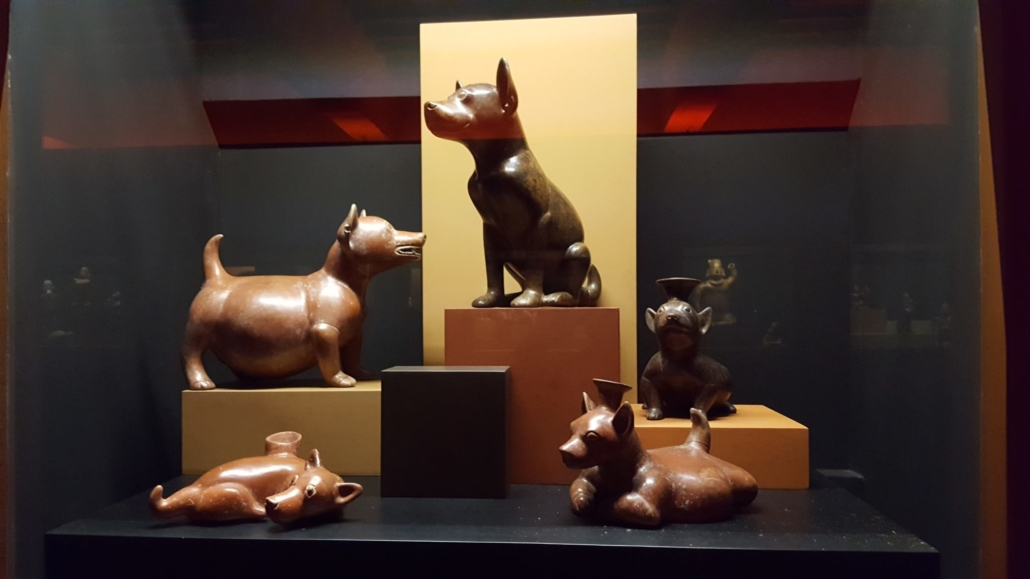
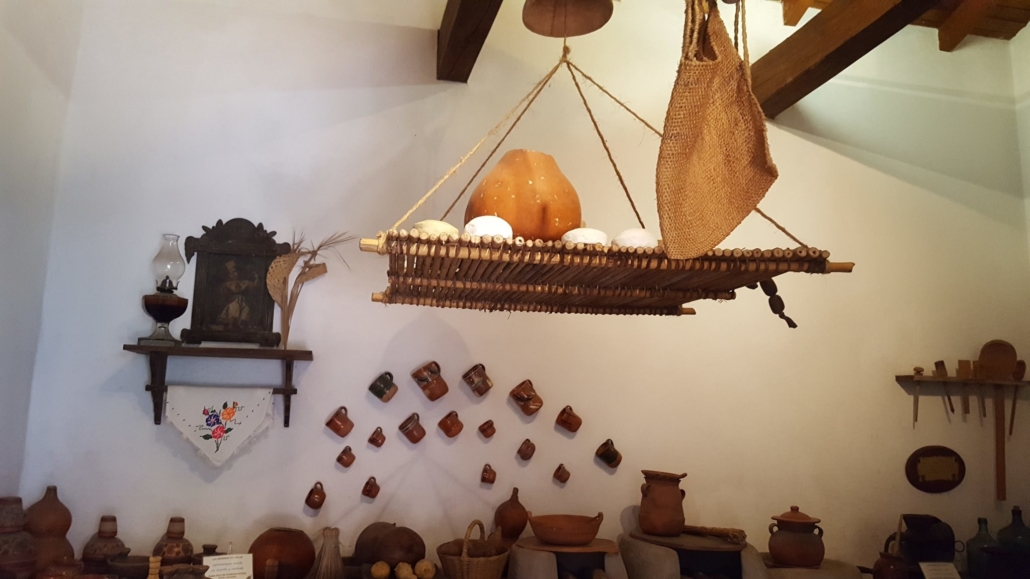
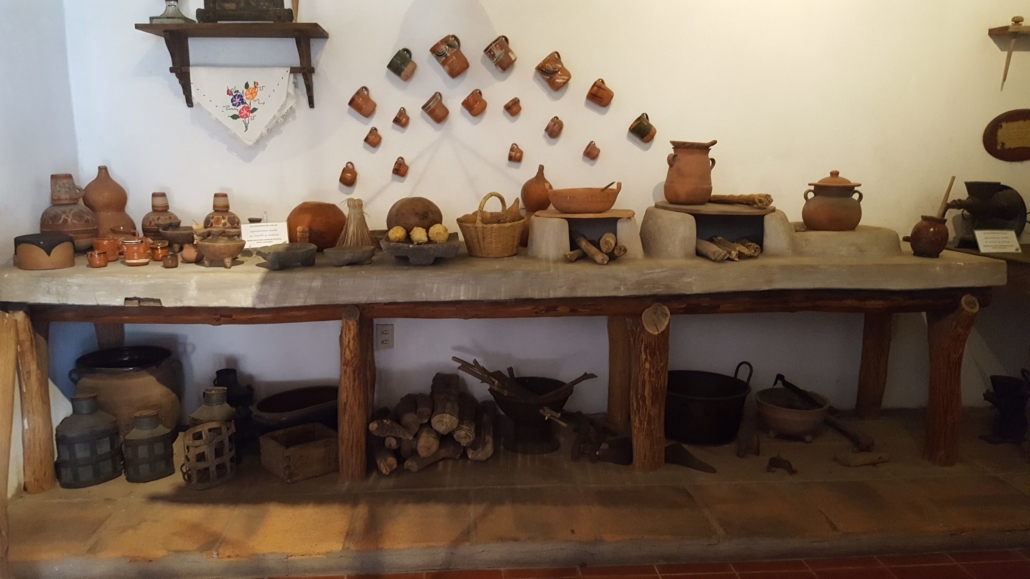
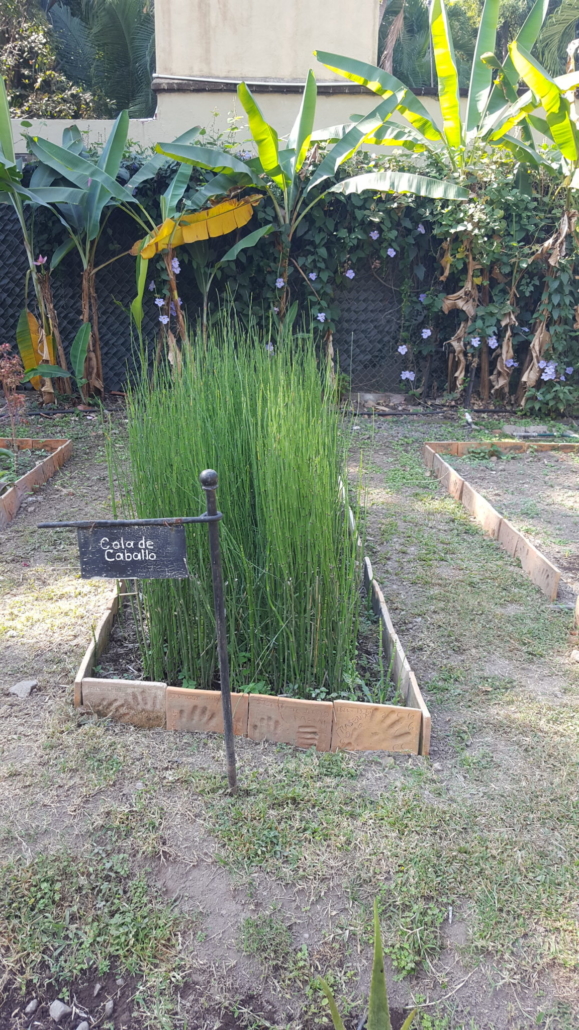
Horsetail that we consider is a weed
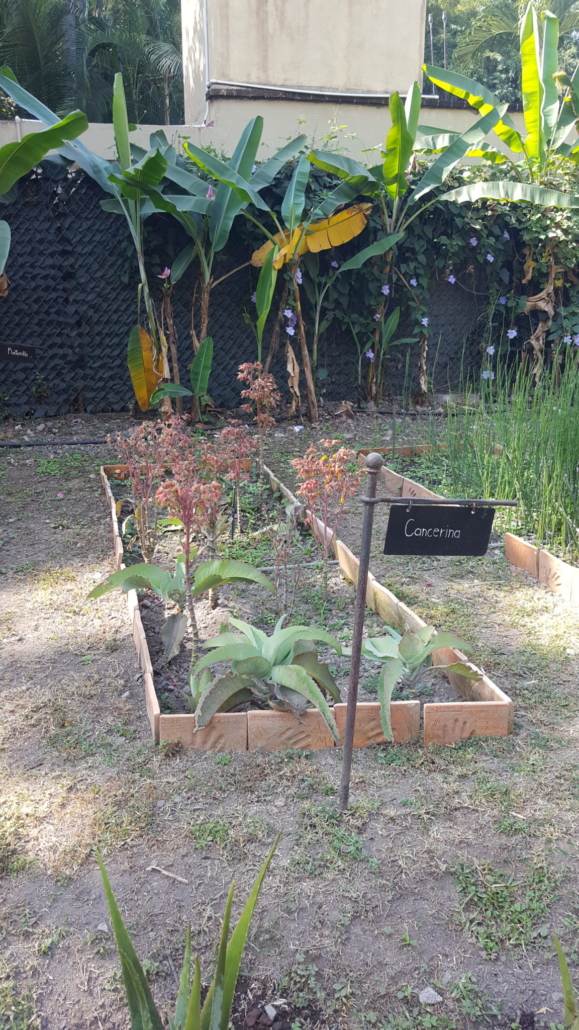
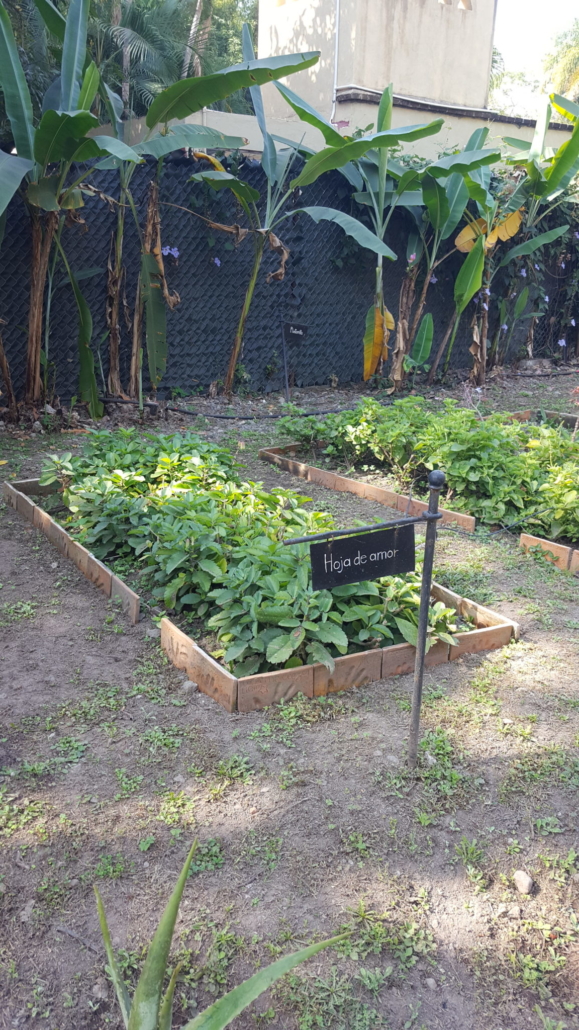
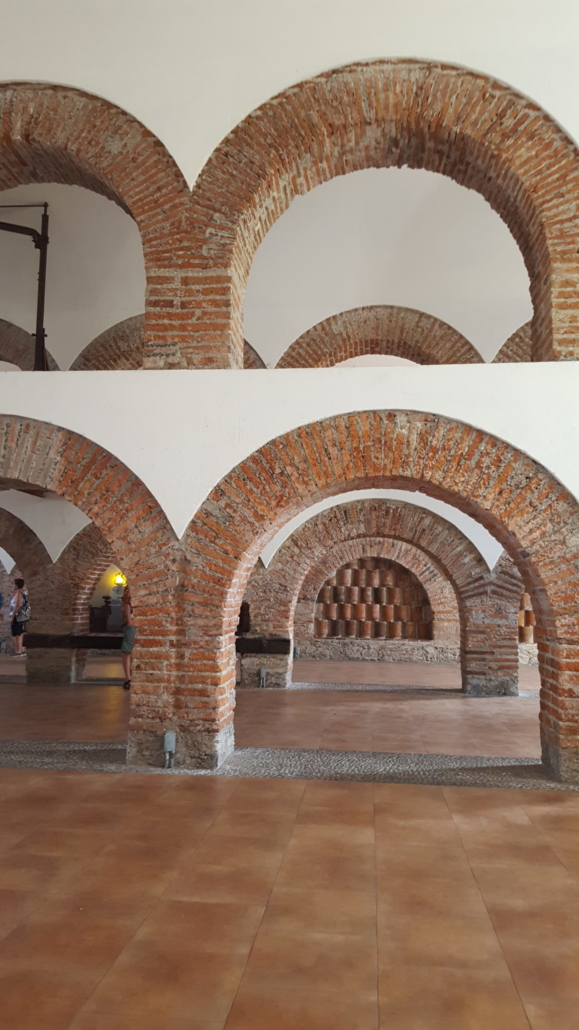
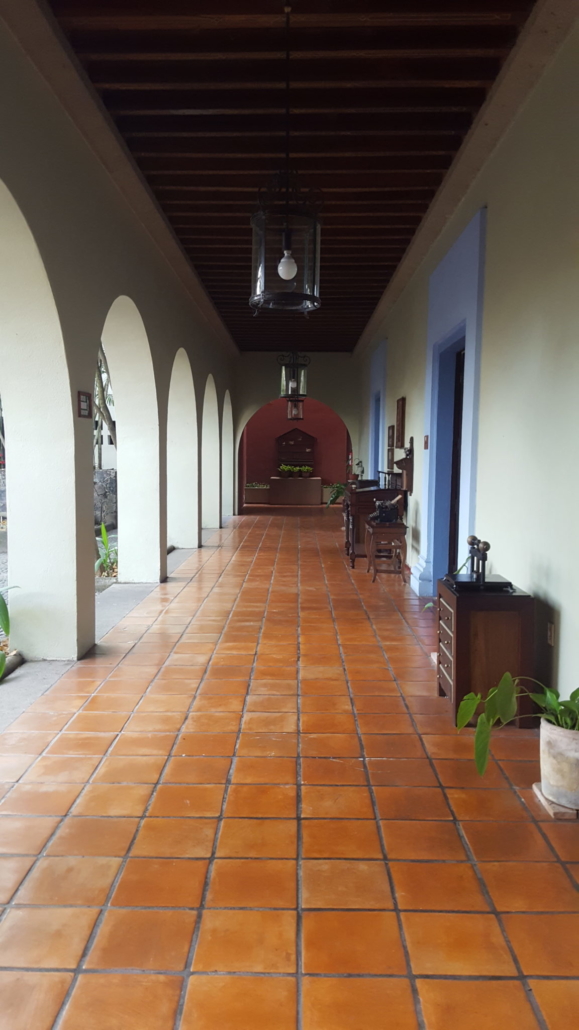
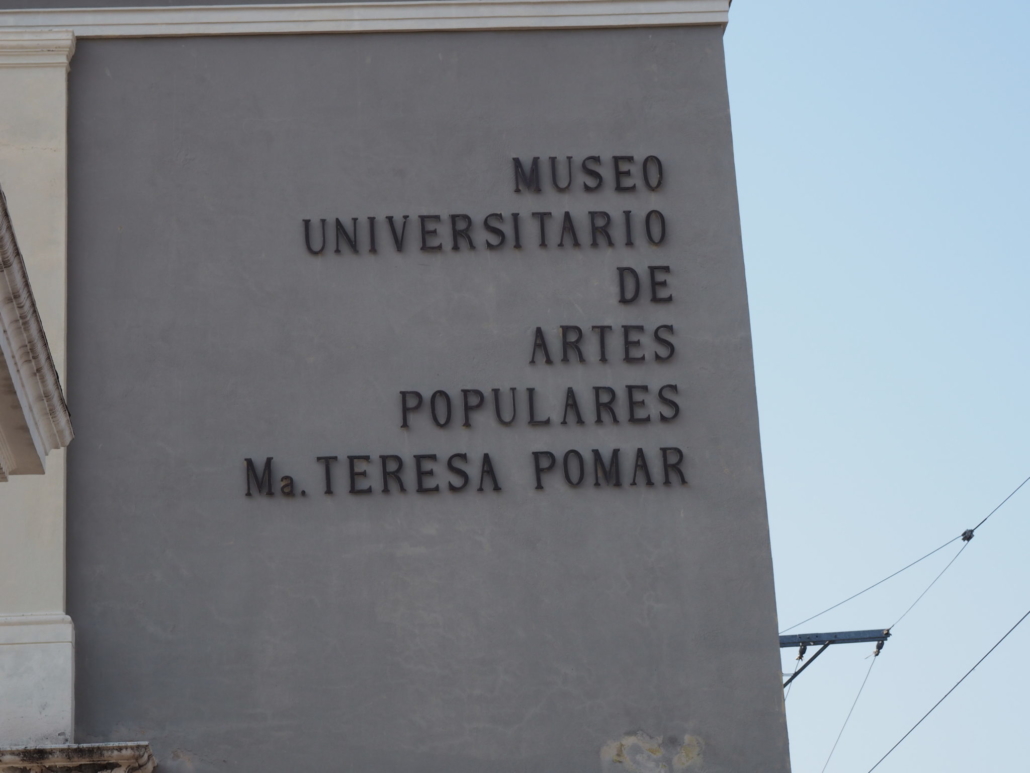
We also went to the University of Arts where we were fortunate enough to see some very talented artists at work.
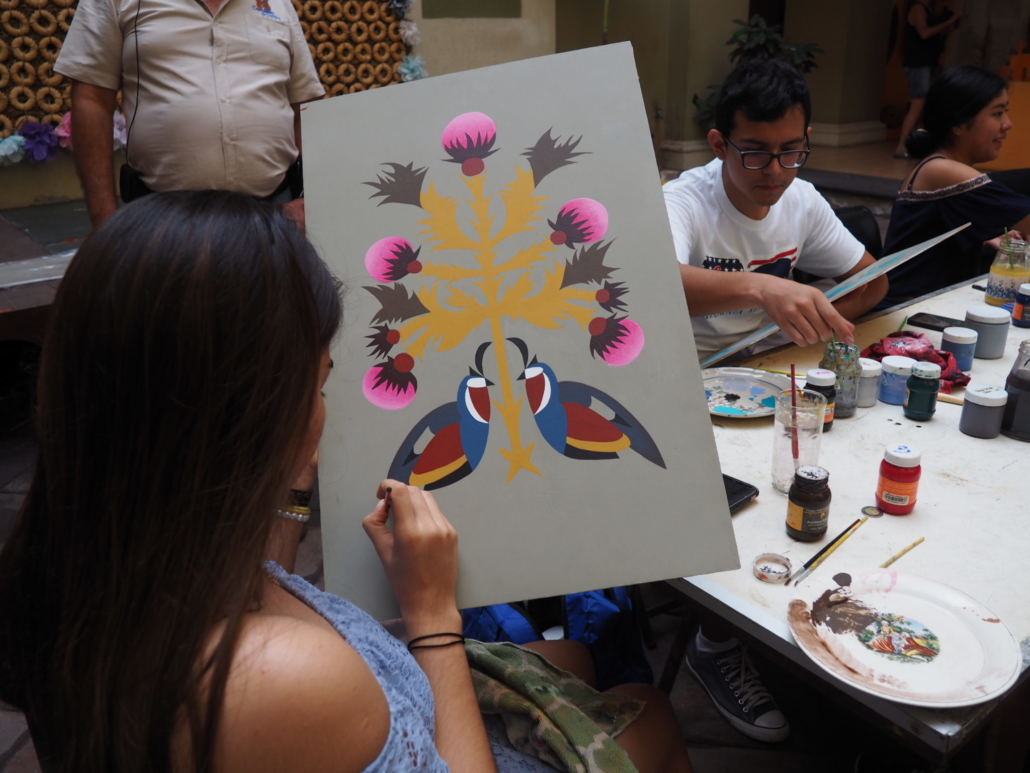
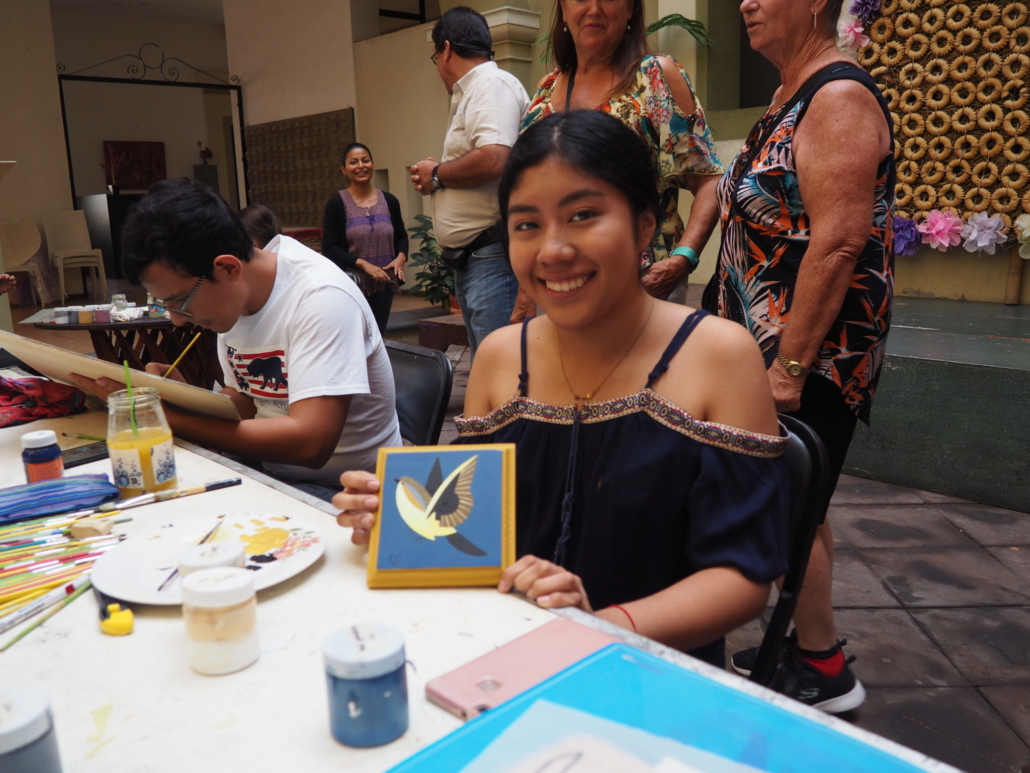
In a small village, Suchitlan, near Comala we went to the home and workshop of Gorgonio Candelario Castro, son of the renowned carver Herminio Candelario Dolores who passed away a few years ago. I had visited them several years ago when his father was still alive. I was pleasantly surprised that he remembered me. Gorgonio maintains the traditions of his people, the land and the spirits which inhabit it. As his father did, he specializes in the masks used in the traditional dances. I feel fortunate to have one of his masks.
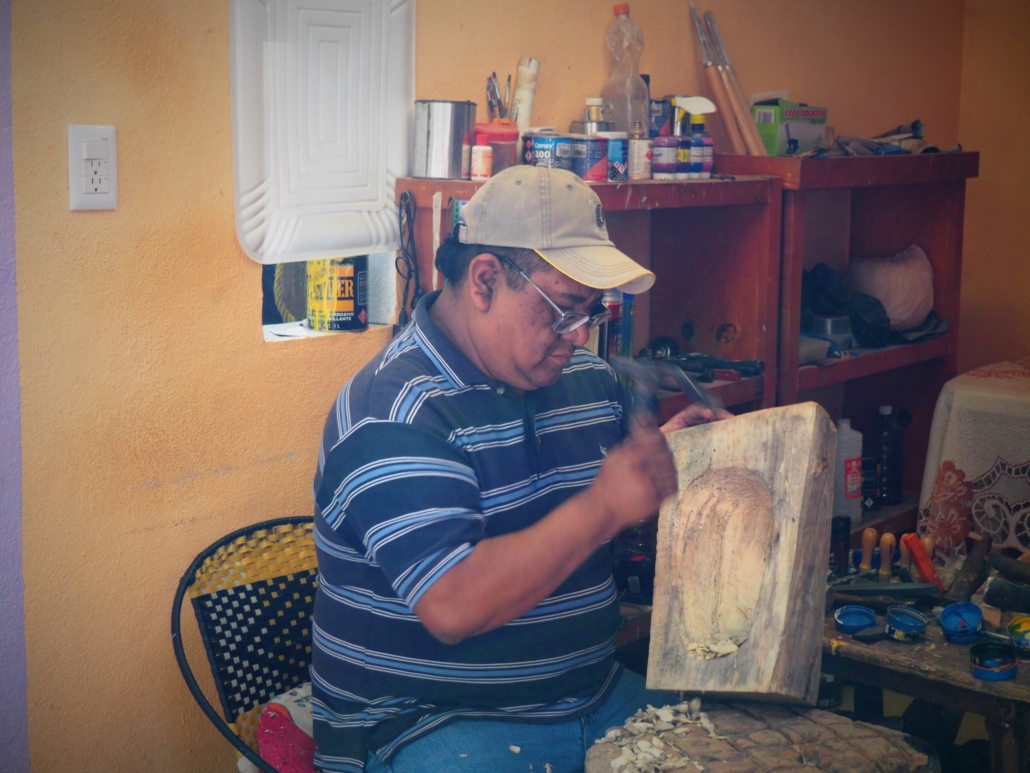
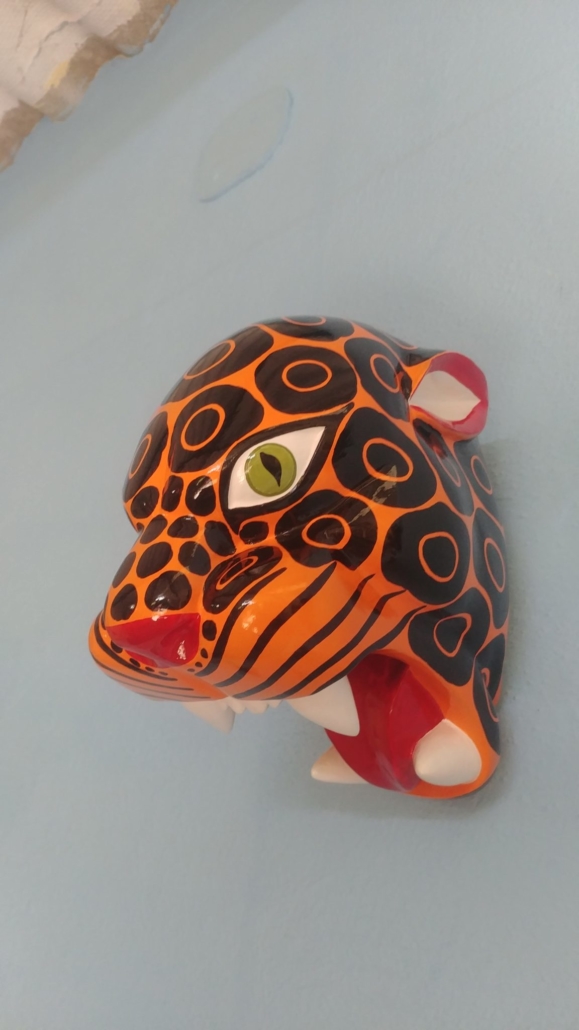
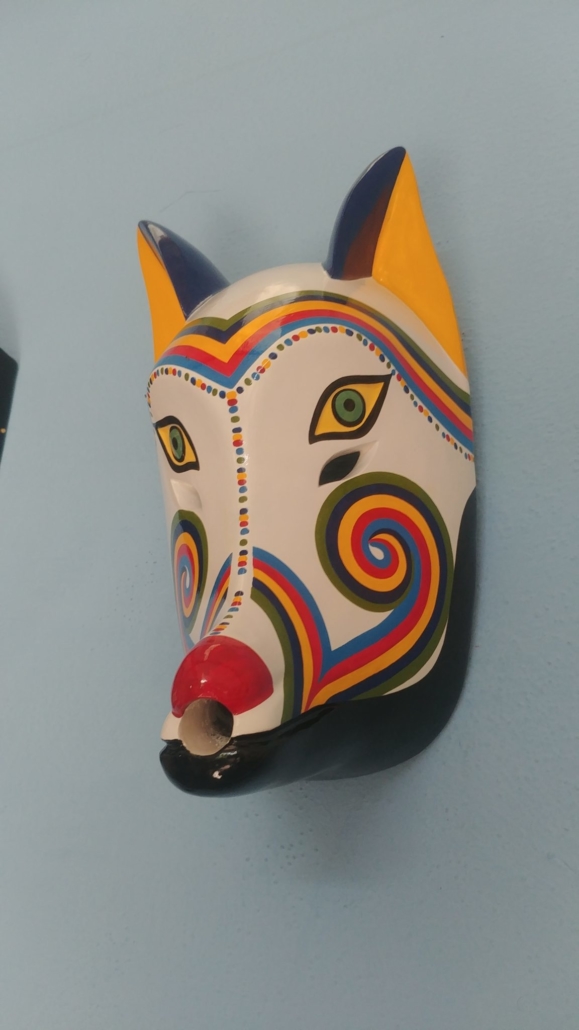
Next on our tour was to a coffee plantation where we learned about the process of making coffee. The coffee beans are grown organically, and the claim is that the mild ash falling from the active volcano provides nutrients to the soil which in turn, makes a better coffee bean. We finished with a wonderful latte and the opportunity to purchase their coffee.
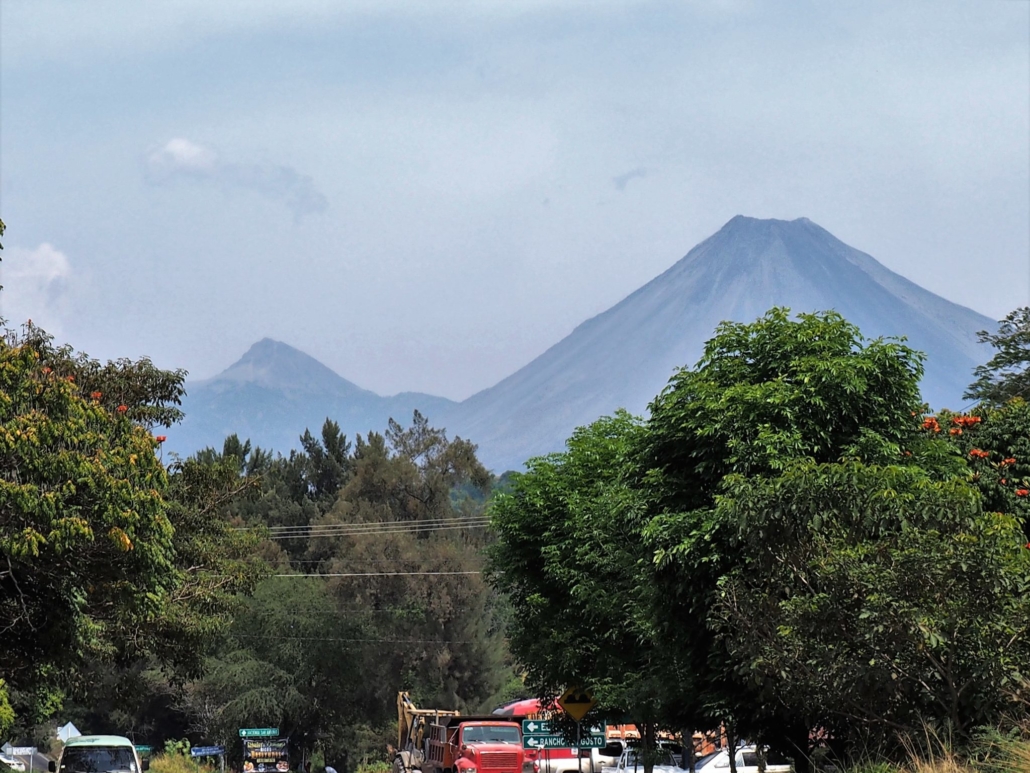
Our last stop was to “Ron Clasica,” a rum distillery. The distillery was conceived by the owners who were looking to start something unique. They felt that they could make a good rum because of the sugar cane in the area. They hired a consultant from Cuba to see if the sugar cane was of good enough quality to make a superior rum. The consultant did not think that it would be good enough. He was pleasantly surprised to find that it was. He eventually ended up working for the family. After a tour of the facility and the sugar cane fields, we were given the ingredients to make mojitos. After that, were served martinis made with tamarind, lime and rum. Some good!
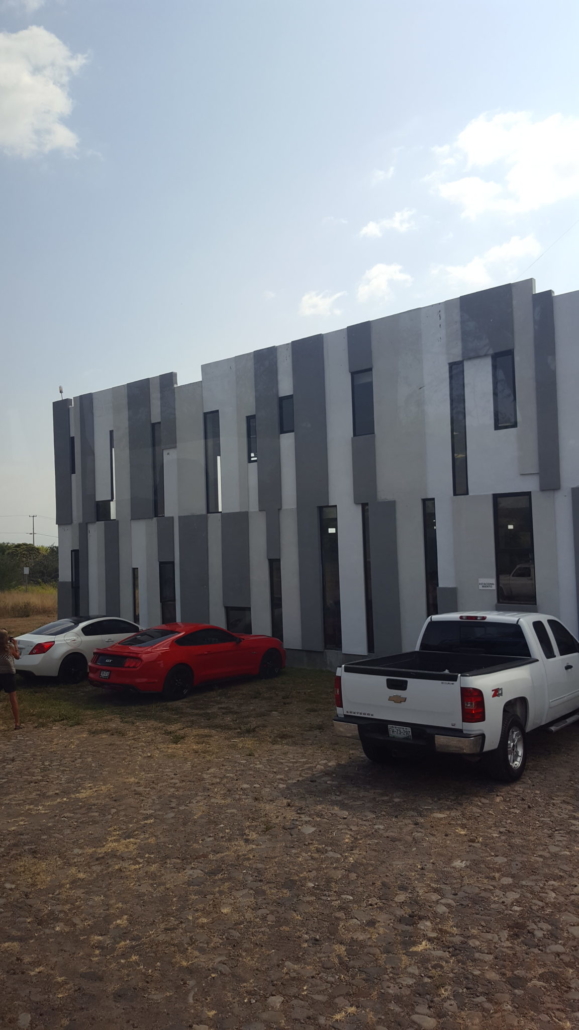
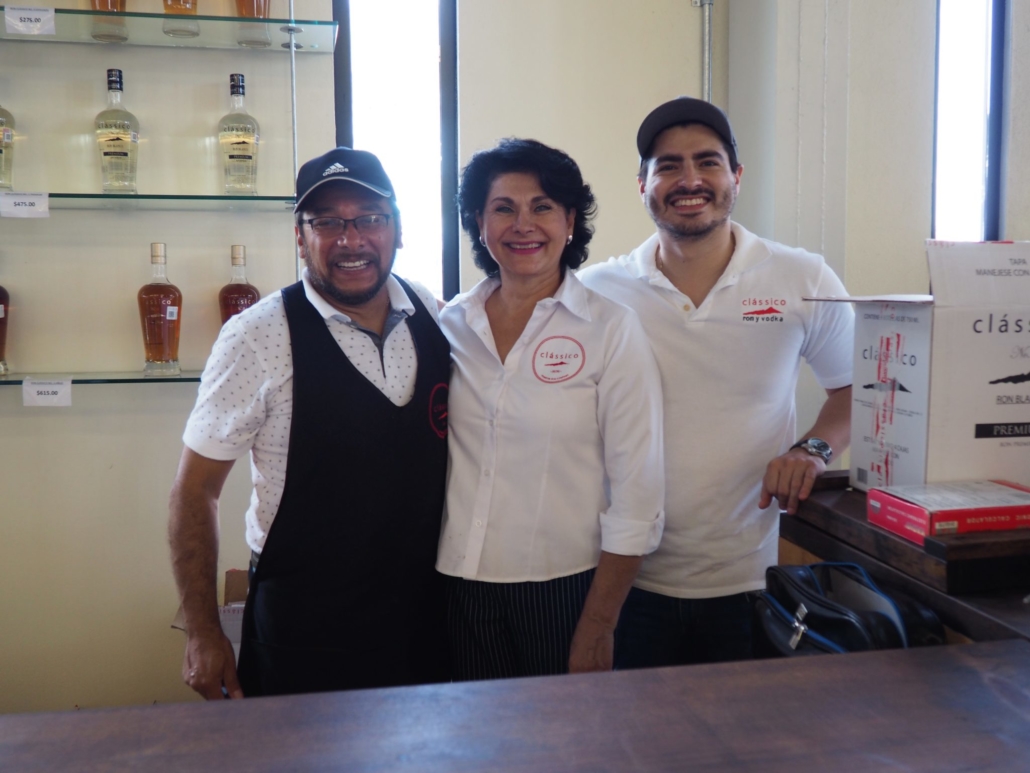
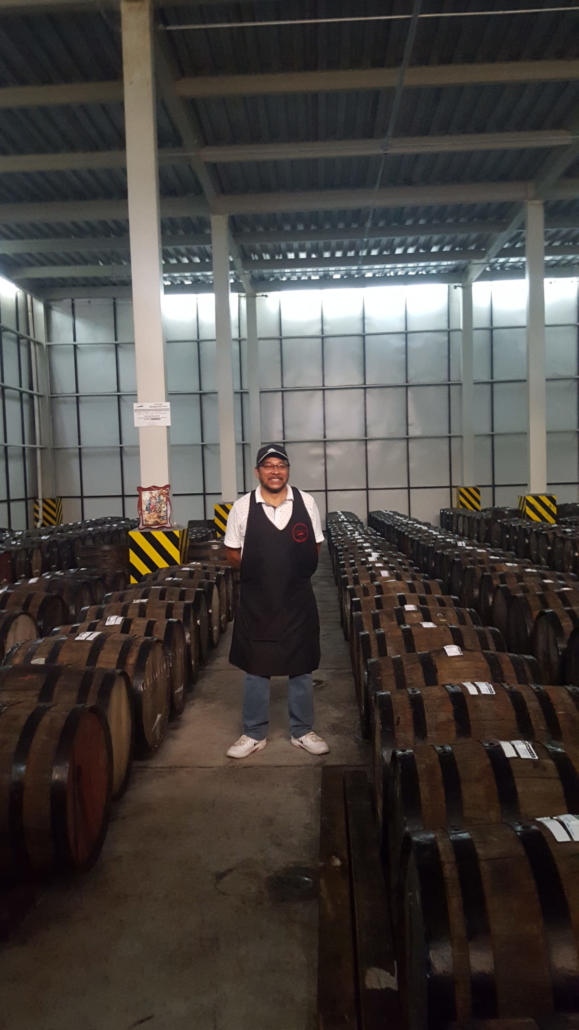
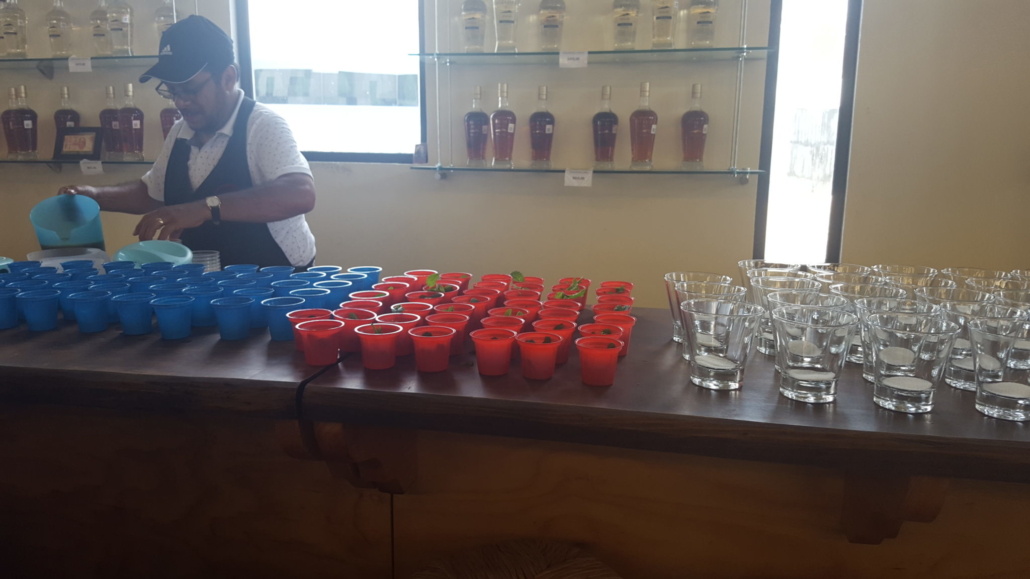
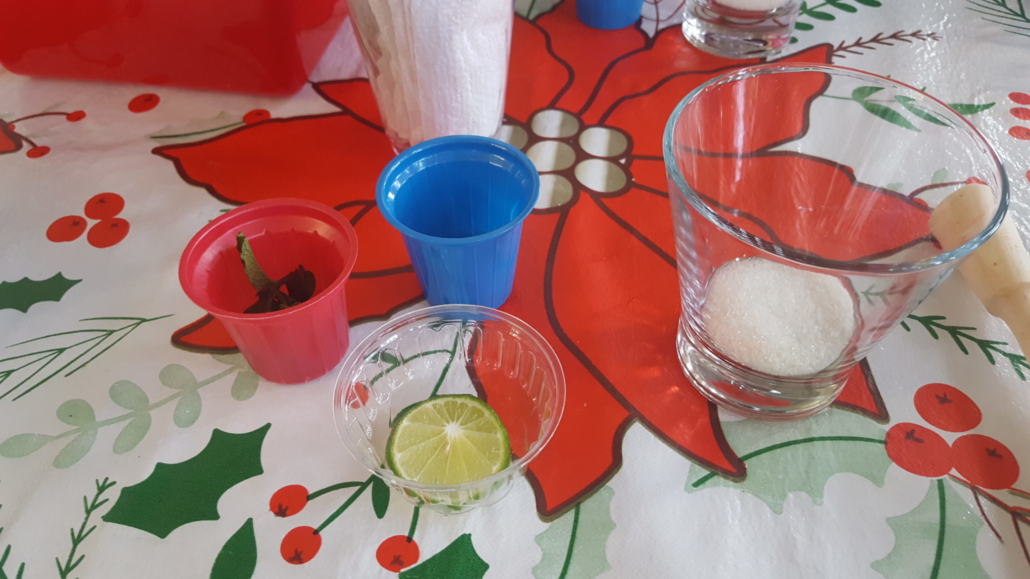
The only disappointment with this trip was the fact that we could not stay longer. We explored only a small part of this wonderful city. I keep wanting to go back and see more. It has that special feel. I would highly recommend a visit to Colima.
We had an excellent tour guide, Florencio Amexcua Quiroz. He was very knowledgeable about Colima and the surrounding area. I would definitely use him again for a guide. Email: corazondecolima@gmail.com Phone: (312) 314-08-96
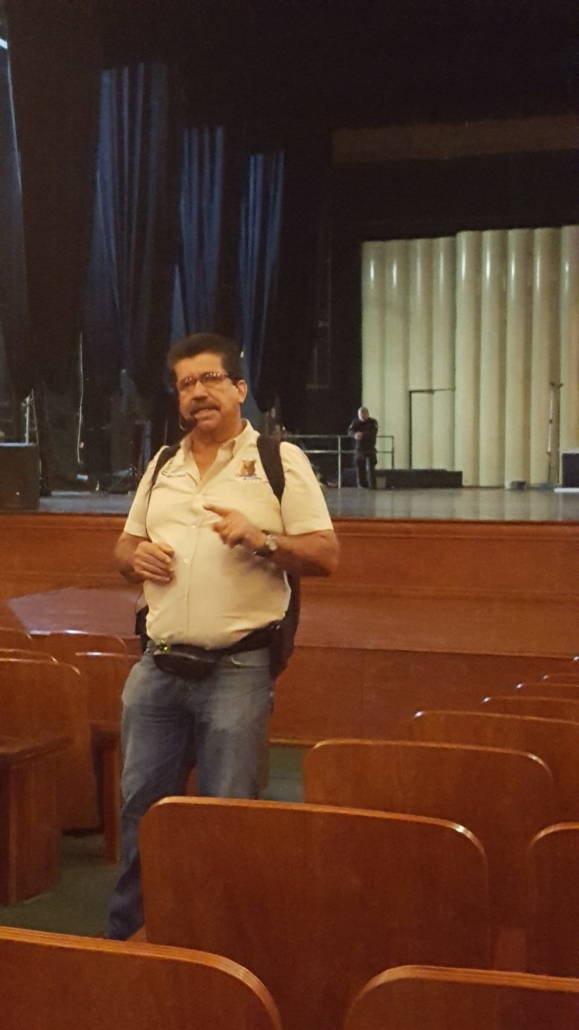

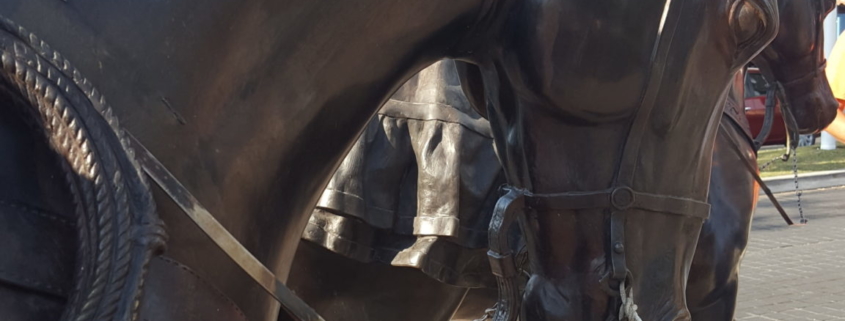
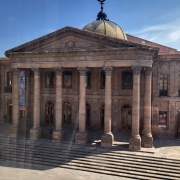


Thanks Suzanne, as usual you covered this “story” so well and your photo’s are great. I couldn’t open the first link for some reason. Take Care!!
Thanks Gera!